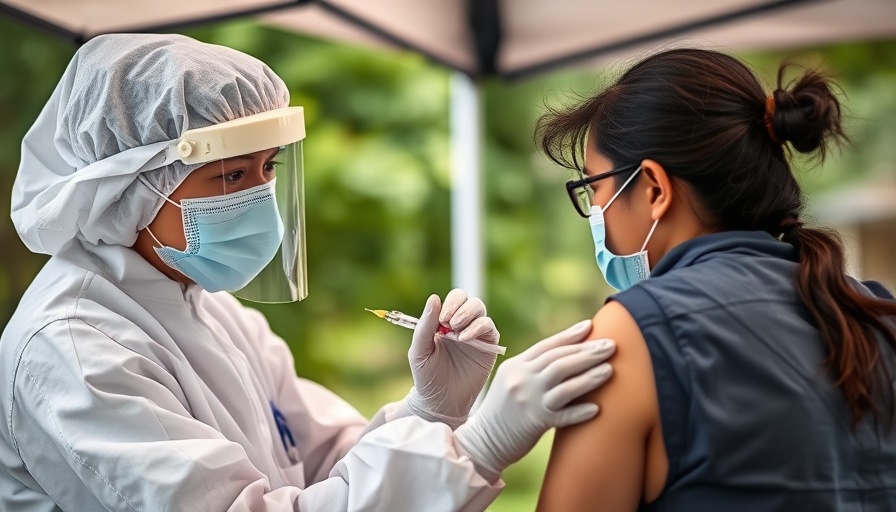
Understanding the Severity of Ebola Disease
Ebola, a severe and often fatal illness, first emerged in 1976 from concurrent outbreaks in Sudan and the Democratic Republic of Congo. The Ebola virus is known for its high mortality rate, averaging around 50%, yet it has fluctuated dramatically, reaching up to 90% in some instances. With three primary strains causing large-scale outbreaks—Ebola virus, Sudan virus, and Bundibugyo virus—efforts to combat this disease are ongoing.
The Transmission Dynamics of Ebola
Fruit bats are suspected to be the natural hosts of the Ebola virus, transmitting it to humans upon direct contact. The pathways of infection include contact with the bodily fluids of infected animals or from person to person through blood and secretions. Understanding these transmission mechanisms is crucial for outbreak prevention and public health strategies.
Current Treatments and Vaccines: The Hope Ahead
Currently, limited approved treatments and vaccines exist primarily for Ebola virus disease (EVD). Early intensive supportive care, including rehydration and symptomatic treatment, has proven beneficial in enhancing survival rates. However, for the other two strains, Sudan virus and Bundibugyo virus, clinical trials are still in progress to establish effective vaccines and treatments. The urgency for scientific advancements in this area cannot be overstated.
Community Involvement and Public Health Strategies
Containing Ebola outbreaks involves a holistic approach that integrates intensive supportive care of patients, effective surveillance, contact tracing, and a focus on safe burial practices. Public awareness and education play paramount roles, mobilizing communities to take active roles in disease prevention and control. By engaging local populations through social mobilization efforts, health authorities can create a supportive network enhancing survival and treatment access.
The Value of Early Intervention
Recognizing symptoms and seeking medical help at the earliest signs can significantly affect outcomes in Ebola cases. By understanding the disease better and acting promptly, individuals and communities can safeguard their health. This proactive approach is particularly essential in regions where the virus is prevalent.
Future Perspectives: Innovations on the Horizon
With advancing technology in biotechnology and medicine, we may soon see innovative solutions that could mitigate the risks posed by Ebola. Researchers are exploring new therapeutics and vaccines that could effectively tackle the non-Ebola virus strains. Continued investments in research could accelerate breakthroughs that enhance our response to future outbreaks and ultimately save lives.
Ebola disease remains a critical challenge within the realm of public health. The concerted efforts in research and community education are vital for effective containment and management of this formidable disease. As we forge ahead, staying informed and proactive about disease prevention strategies is crucial.
In summary, understanding the transmission, current treatments, and prevention methodologies of Ebola disease is not only essential for our health but also for the well-being of the global community. Staying engaged with developments in public health and technological advances can empower us as informed citizens. Let’s continue to promote awareness and support for efforts combating Ebola and similar diseases globally.
 Add Row
Add Row  Add
Add 




 Add Row
Add Row  Add
Add 

Write A Comment